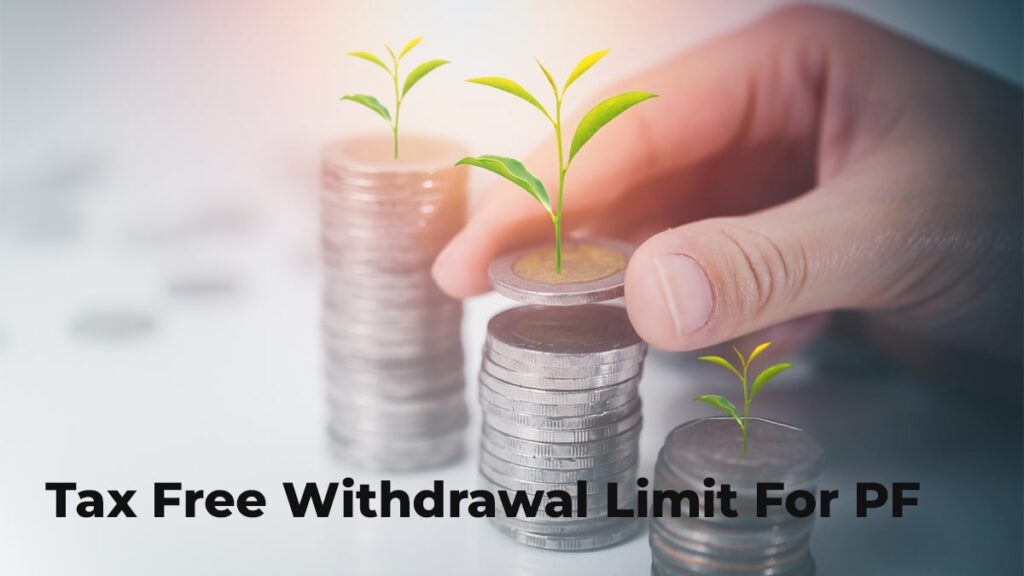The Provident Fund (PF) is a financial instrument that serves as a long-term savings and retirement tool for various people.
It is widely used by individuals and organizations to build a financial cushion for the future, especially after retirement.
It functions as a contribution-based scheme, where both the employee and the employer make regular contributions towards the fund.
These contributions accumulate over time, earning interest, and ultimately serve as a valuable asset for individuals upon reaching their retirement age.
Countless individuals rely on PF as a crucial part of their financial planning, ensuring a comfortable post-employment life.
It offers a disciplined approach to saving and building wealth, as a portion of the salary is automatically deducted and invested in the PF account.
While the primary objective is to provide a retirement benefit, individuals may also tap into the PF funds during specific circumstances, such as medical emergencies, education expenses, home loans, or any unforeseen financial needs.
The utilization of PF funds is governed by specific rules and regulations outlined by the relevant authorities.
These regulations aim to strike a balance between allowing individuals to access their savings when necessary while ensuring the long-term viability and stability of the fund.
In this article, we will discuss the Tax-free withdrawal limit for Provident Fund, provisions, calculations, eligibility criteria, benefits, limitations, etc.

Eligibility for Withdrawing PF Prematurely
The following are the eligibility for withdrawing PF Prematurely-
- For premature withdrawal completion of a minimum service period is required. An employee must have worked for at least five continuous years to be eligible for a premature withdrawal
- Some exceptions are mentioned where you can prematurely withdraw without having had to comply with a 5-year period like medical emergencies, higher education, marriage, construction or purchase of a house, or unemployment for a continuous period of two months or more.
Tax on EPF Withdrawal
The EPF withdrawal can be categorized into two types, which are as follows-
- Non-Taxable EPF Withdrawal
- Taxable EPF withdrawal
Non-Taxable EPF Withdrawal
The withdrawal is considered non-taxable if an individual withdraws their EPF balance after completing five continuous years of service. In such cases, the withdrawn amount, including both employee contributions and interest earned, is exempt from tax.
Form 15G
Form 15G is a declaration by the individual that their total income is below the taxable limit, and hence, no TDS should be deducted from their EPF withdrawal
Form 15H
Form 15H is a declaration by the senior citizen that they do not have any tax liability, and hence, no TDS should be deducted from their EPF withdrawal
Taxable EPF withdrawal
If EPF withdrawal occurs before completing five years of continuous service, it is considered taxable under certain circumstances. The taxable portion of EPF withdrawal includes the employee’s contributions, employer contributions, and the interest earned on both these components. If the EPF withdrawal amount exceeds this threshold limit of Rs.50,000/- then the withdrawal will be taxed at source (TDS).
Rates of TDS
Individuals eligible for taxation will be taxed at different rates depending on whether you provide PAN Card or not. If a PAN Card is submitted, TDS is deducted at the rate of 10%. If a PAN is not submitted, TDS is deducted at a higher rate of 20%.
FAQ
You can avoid TDS on EPF withdrawal by submitting Form 15G (for individuals below 60 years) or Form 15H (for individuals above 60 years) to the EPFO, provided you meet the eligibility criteria and your total income is below the taxable limit.
The taxable limit for EPF Withdrawal is Rs.50,000/- and you’ll not be charged with any taxation if your withdrawal is under this limit.
Form 15G or Form 15H should be submitted before making the EPF withdrawal to ensure that no TDS will be charged.
No, Form 15G or Form 15H should only be submitted if your total income, including the EPF withdrawal, is below the taxable limit. If your EPF withdrawal amount exceeds the taxable limit, TDS will be applicable.
Yes, having a valid PAN Card is mandatory to avoid TDS on EPF withdrawal. Ensure that your PAN is correctly linked and updated with your EPF account. If you fail to showcase your PAN card then you’ll have to pay 20% TDS on your withdrawal.
Yes, every time you make a withdrawal you need to submit Form 15G or Form 15H for each EPF withdrawal if you continue to meet the eligibility criteria. These forms are valid for the respective financial year in which they are submitted.
Yes, you can submit Form 15G or Form 15H for EPF withdrawal even if you have taxable income from other sources, provided your total income, including the EPF withdrawal, is below the taxable limit.
No, completing the required service period is essential to be eligible for avoiding TDS on EPF withdrawal. Premature withdrawals may attract TDS, except in specific cases such as medical emergencies or unemployment for a continuous period of two months or more.



